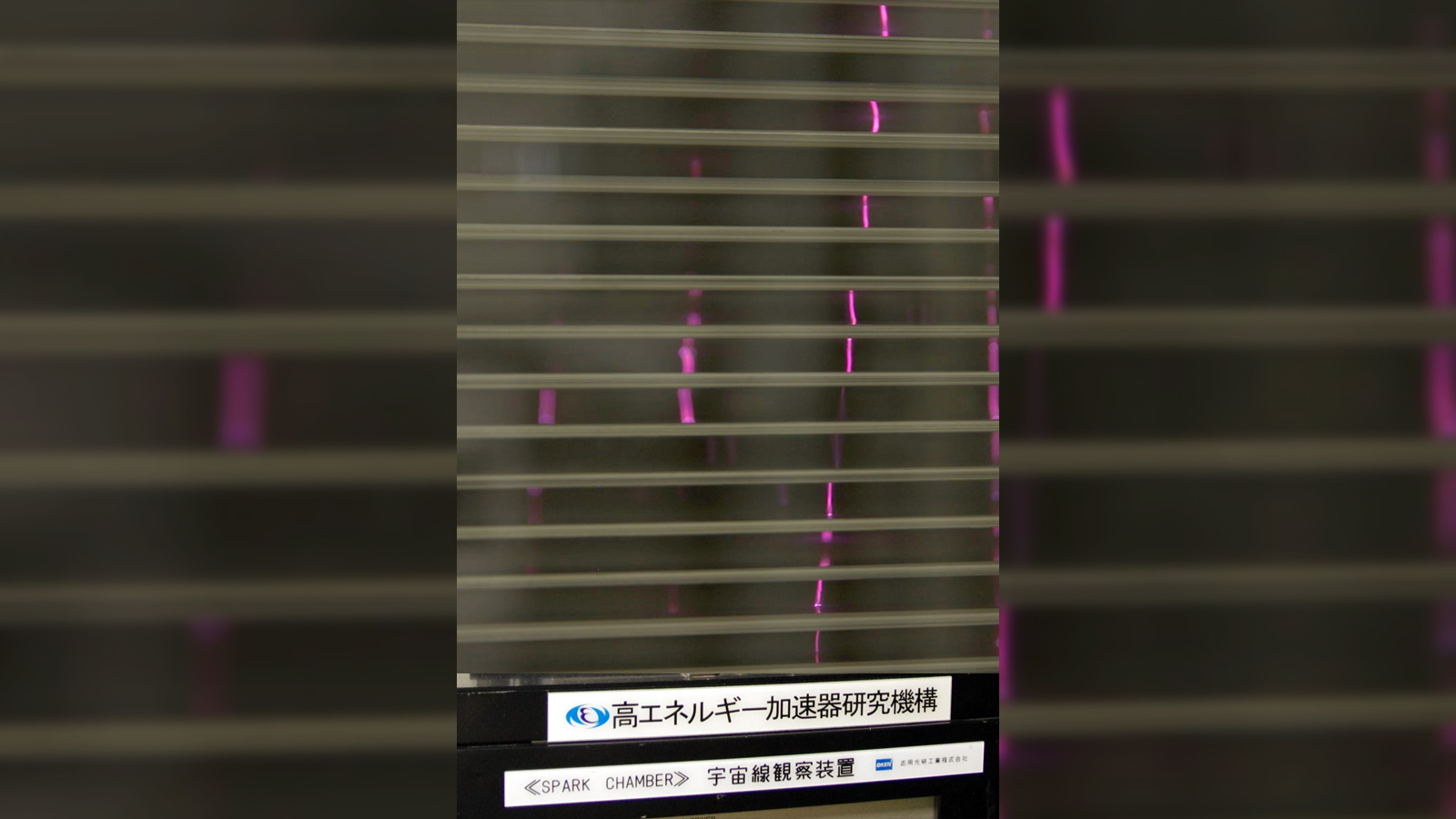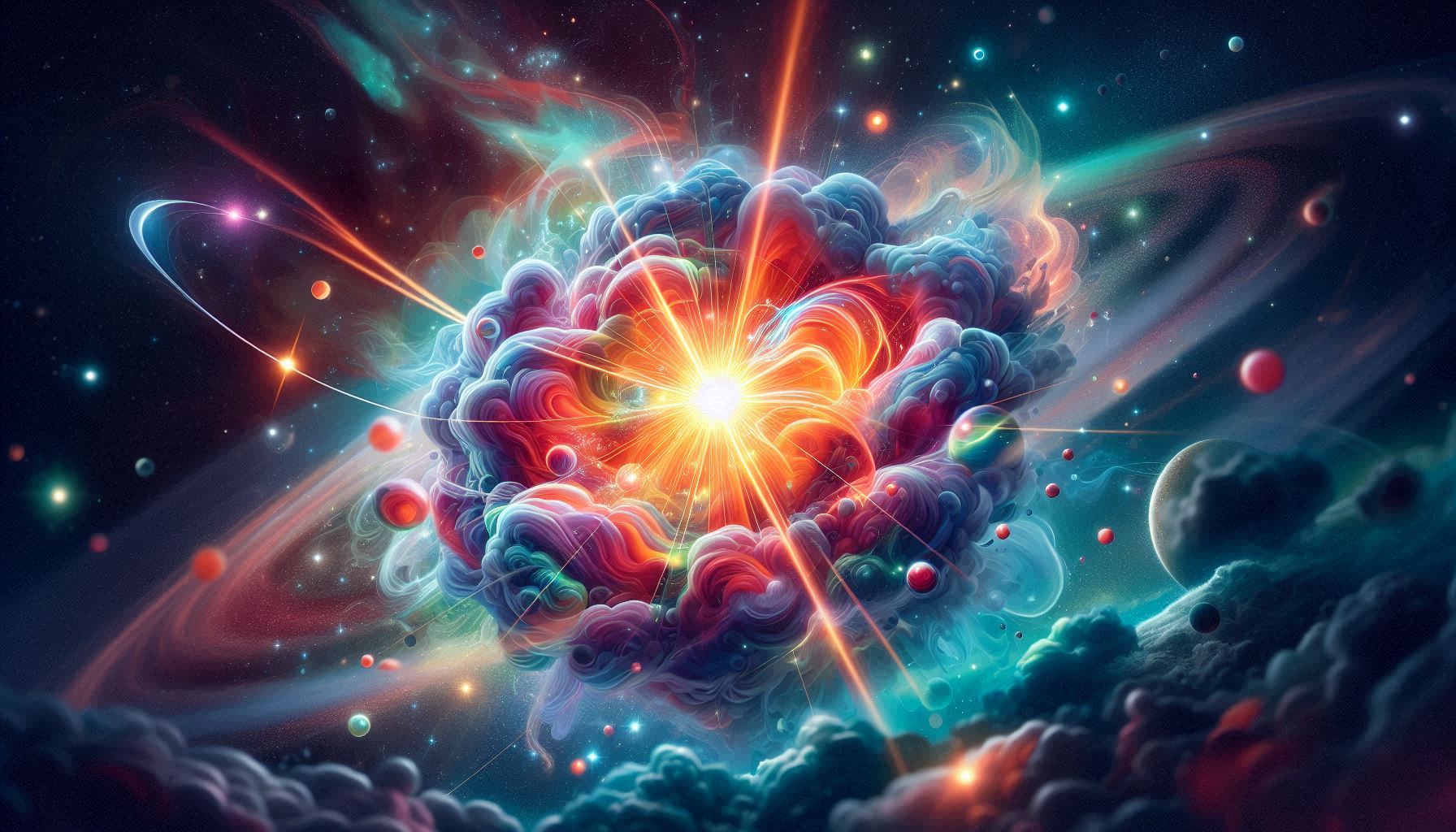When I was researching iron, I learned that it is quite difficult to create elements heavier than iron. The interiors of stars that emit light, like the sun, are extremely hot and highly pressurized, and heavier elements are created through nuclear fusion between lighter elements, but the element that can be created through nuclear fusion is only iron. To create elements heavier than iron, a process that takes the entire life of the star is required. Opportunities to synthesize elements are rare, and elements are therefore valuable.
Elements are Star Fragments
Nuclear fusion seems difficult inside the Earth, where temperatures and pressures are lower than those of stars, so it is thought that the Earth was formed from elements created on a star somewhere far away in space 13.8 to 4.6 billion years ago. In order for a star to release the elements it produces into space, the star must end its life, so the elements may be traces of the life of a star somewhere. Since stable elements have virtually no lifespan, the Earth continues to function by making use of the elements that gathered in the early days.

The limits of nuclear fusion
The sun is 330,000 times heavier than the earth, but the only element that can be synthesized through nuclear fusion is helium. If a star were to become eight times heavier than the sun, it would be able to produce iron, which is the limit of nuclear fusion. Stars that are eight times heavier than the sun are said to be about 1% of all stars, so they are quite rare.
In order to produce elements heavier than iron, it seems necessary to have two processes of gathering and merging neutrons: the s-process in the latter stages of stars less than eight times the size of the sun, and the r-process in the explosion of stars eight or more times the size of the sun. The s-process (slow) takes thousands of years, while the r-process (rapid) takes place in a matter of seconds. Both processes, including nuclear fusion, are called stellar nucleosynthesis, and synthesis by star explosions in particular is called supernova nucleosynthesis.
Synthesis of gold, uranium and rare earths
Gold, uranium, rare earths, etc. are much heavier elements than iron and require many neutrons, so it seems that the number of neutrons collected through the r-process of a supernova explosion alone is not enough. Therefore, there is a theory that heavy elements are synthesized when neutron-rich neutron stars collide and merge, or when supernovae that rotate with strong magnetic fields explode, but there are still many things that are not yet understood. Opportunities to synthesize gold, uranium, rare earths, etc. are even rarer. This is probably one of the reasons why these resources are considered valuable.


Element synthesis is amazing
Many of the elements we have seen and touched in our daily lives have high hurdles to synthesis, and opportunities to synthesize them are rare. It’s amazing that the elements synthesized by stars over their lifetimes were released into space and became the Earth. The Earth and we ourselves are made up of such elements. Element synthesis is amazing. The universe and the Earth are amazing.


